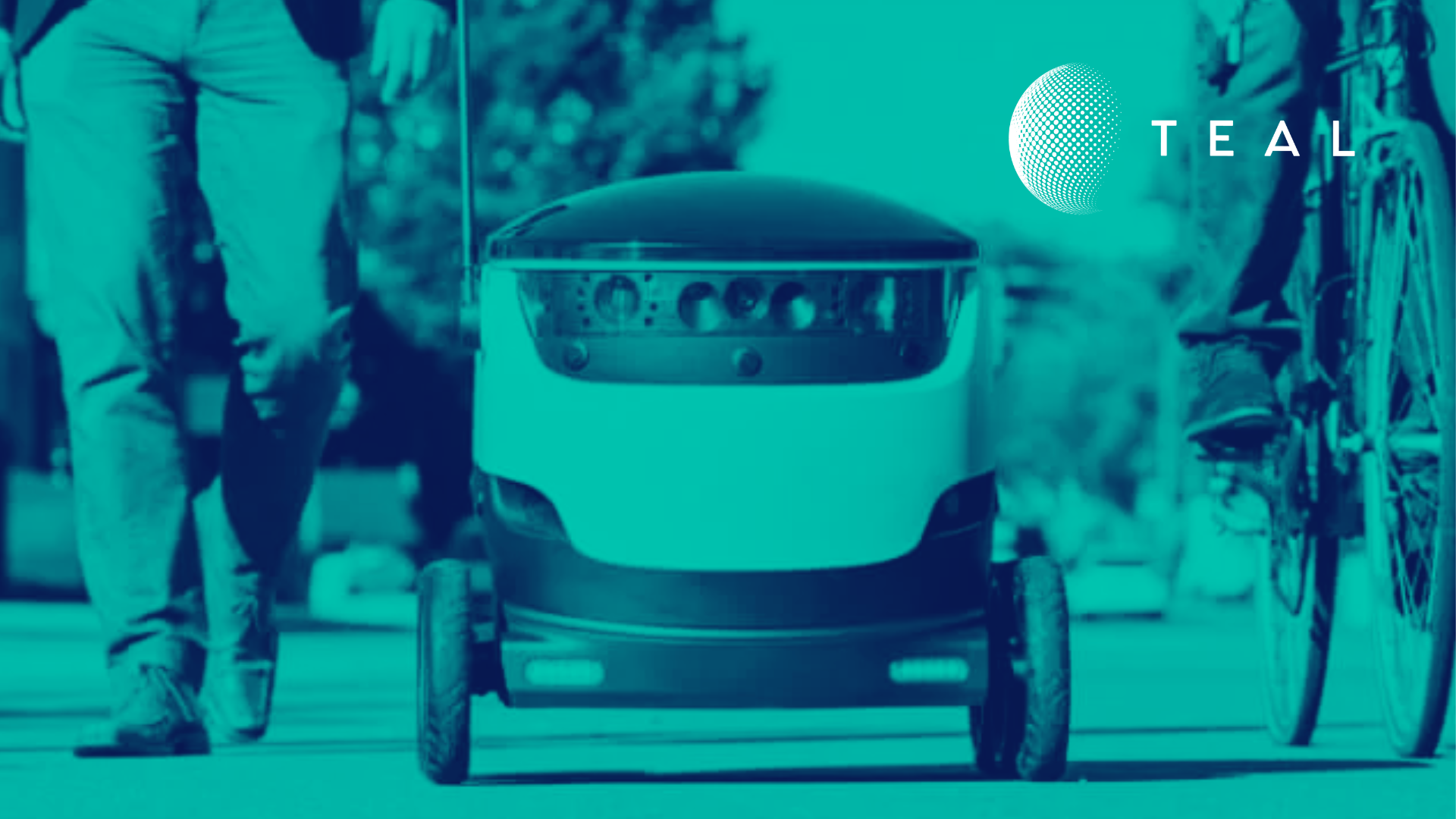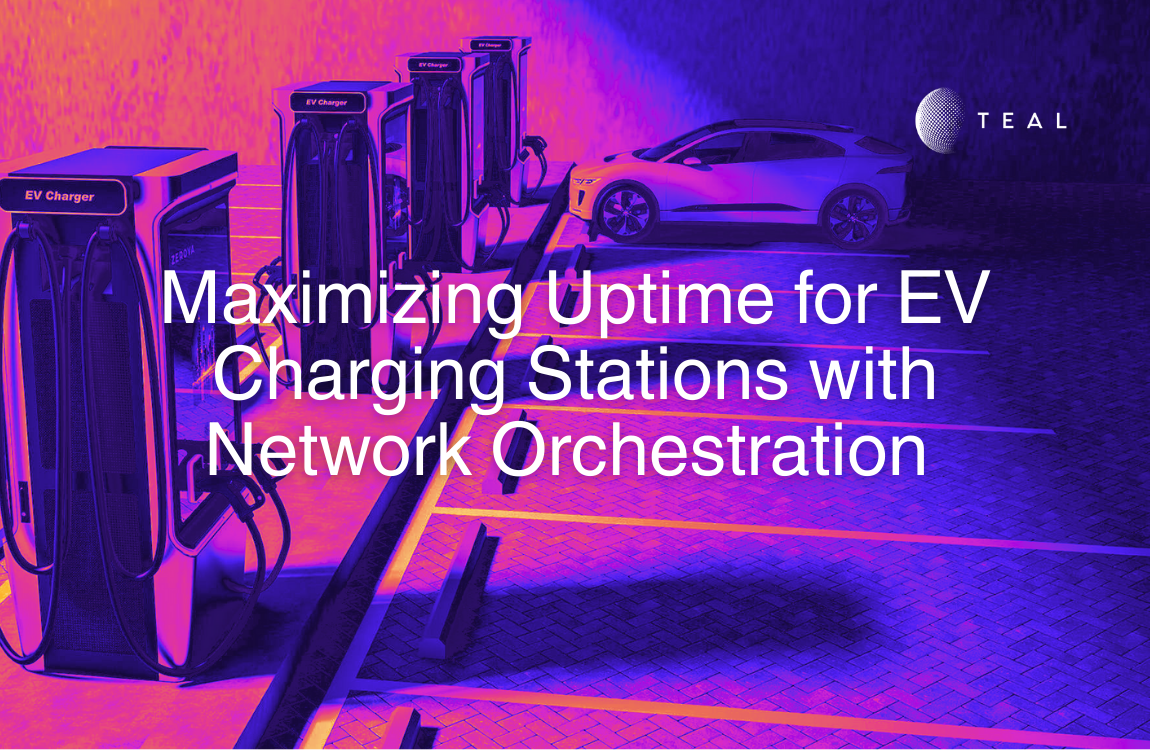Delivering the Future: How Robots Are Transforming the Last Mile

In recent years, autonomous delivery robots have moved from science fiction to real-world applications. These innovative machines are reshaping the last mile of delivery, making it more efficient, sustainable, and cost-effective. From college campuses to bustling urban centers, delivery robots are becoming an integral part of our daily lives.
The Rise of Autonomous Delivery Robots
As the revolution in autonomous delivery continues to gain momentum, several pioneering robots have emerged at the forefront, each boasting unique capabilities and technological advancements. These robotic marvels are setting new benchmarks for efficiency and reliability, showcasing innovative features that promise to redefine urban logistics. Below, we’ll explore some of the leading examples of autonomous delivery robots that are spearheading this transformative shift in the way we receive goods.

Starship Technologies: Leading the charge in autonomous delivery, Starship Technologies has completed over 6 million autonomous deliveries. Their zero-emission robots make more than 150,000 road crossings every day, showcasing their reliability and efficiency.

Ottonomy: Ottonomy’s robots are designed for seamless deliveries in various environments, enhancing the convenience of receiving food, drinks, and other essential items.

Serve Robotics: These robots have been making significant inroads in urban areas, demonstrating their ability to adapt to complex city landscapes.

Coco Delivery Robot: With a focus on reducing delivery costs and improving speed, Coco’s robots are becoming popular among businesses and consumers alike.
Market Growth and Cost Efficiency
The market for autonomous delivery robots is projected to reach 4.7 million units by 2032. The delivery robot market size is projected to grow to $1.8 Billion by 2028. This rapid growth highlights the increasing acceptance and demand for these innovative delivery solutions.
One of the key advantages of autonomous robots is their potential for cost efficiency. For example, Starship Technologies reduced the cost of an individual robot from $5,500 in 2018 to a projected $2,250 as the technology matures. This reduction in cost makes autonomous delivery a viable option for many businesses.
Environmental Benefits
Autonomous delivery robots offer significant environmental benefits. Starship estimates that between April 2018 and November 2021, around 280,000 car journeys were avoided using delivery robots. This resulted in saving 137 tons of CO2 and 22kg of NOx from being emitted. By reducing emissions and urban congestion, these robots contribute to creating a cleaner and greener environment.
The Role of eSIM Technology in Autonomous Deliveries
As the adoption of autonomous delivery robots increases, reliable cellular connectivity becomes critical. eSIM technology offers several advantages over traditional SIM cards, making it the preferred choice for many companies.
Benefits of eSIM Technology
- Flexibility: eSIMs can be remotely provisioned and managed, allowing for easy switching between cellular networks without the need to physically replace the SIM card.
- Cost-Effective: eSIMs reduce the costs associated with traditional SIM cards, such as logistics and physical handling. They also minimize costly roaming charges.
- Compatibility: eSIMs from TEAL are available in various form factors, including Standard 2FF/3FF/4FF and Embedded MFF2, ensuring compatibility with any IoT device.
- Reliability: eSIMs provide robust and reliable connectivity, ensuring that autonomous robots remain operational and efficient.
Real-World Example
Starship Technologies and TEAL
Starship Technologies faced challenges in ensuring reliable and consistent connectivity for their robots. By partnering with TEAL, they leveraged market leading eSIM technology to provide seamless connectivity across multiple networks. This collaboration resulted in enhanced operational efficiency and reduced downtime for Starship’s fleet of delivery robots. Read the full case study here
Autonomous delivery robots are not just a futuristic concept; they are transforming the last mile of delivery today. With the help of advanced technologies like eSIM from TEAL, these robots are becoming more efficient, cost-effective, and environmentally friendly.
For businesses looking to integrate autonomous delivery robots into their operations, understanding and leveraging eSIM technology is crucial. TEAL’s proprietary platform provides the flexibility, reliability, and global connectivity needed to ensure smooth and efficient operations.
Take the next step in your innovation journey—explore how TEAL can help your business achieve seamless connectivity and operational efficiency.
Find out how eSIM is right for your business and schedule a meeting with one of our experts today.
Click here to book a meeting!
Recent Posts
Maximizing Uptime for EV Charging Stations with TEAL’s Network Orchestration Service
Teal Communications Staff2025-09-10T15:47:04+00:00
4 Connectivity Myths Holding Your Business Back
Teal Communications Staff2025-08-26T19:12:05+00:00
Cellular Connectivity: The Nervous System of Physical AI
Teal Communications Staff2025-08-18T19:26:43+00:00




